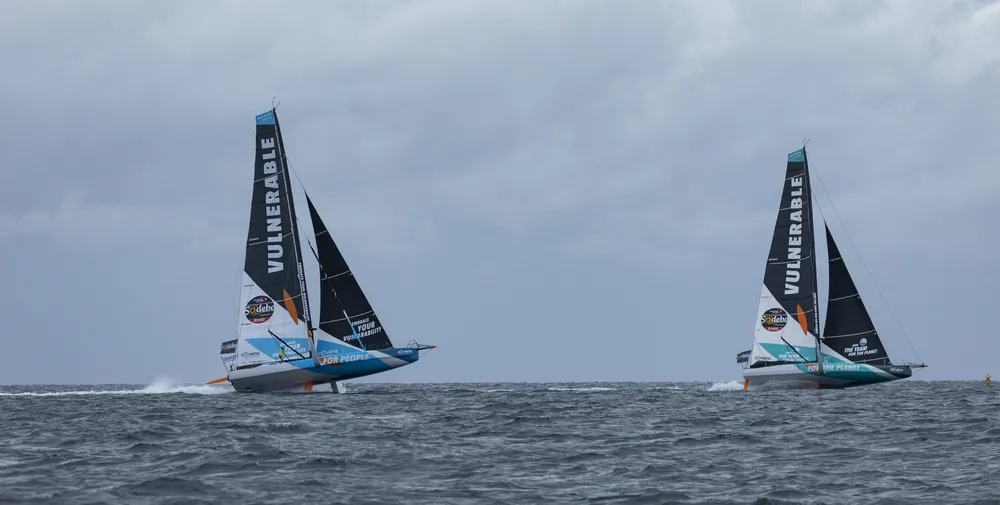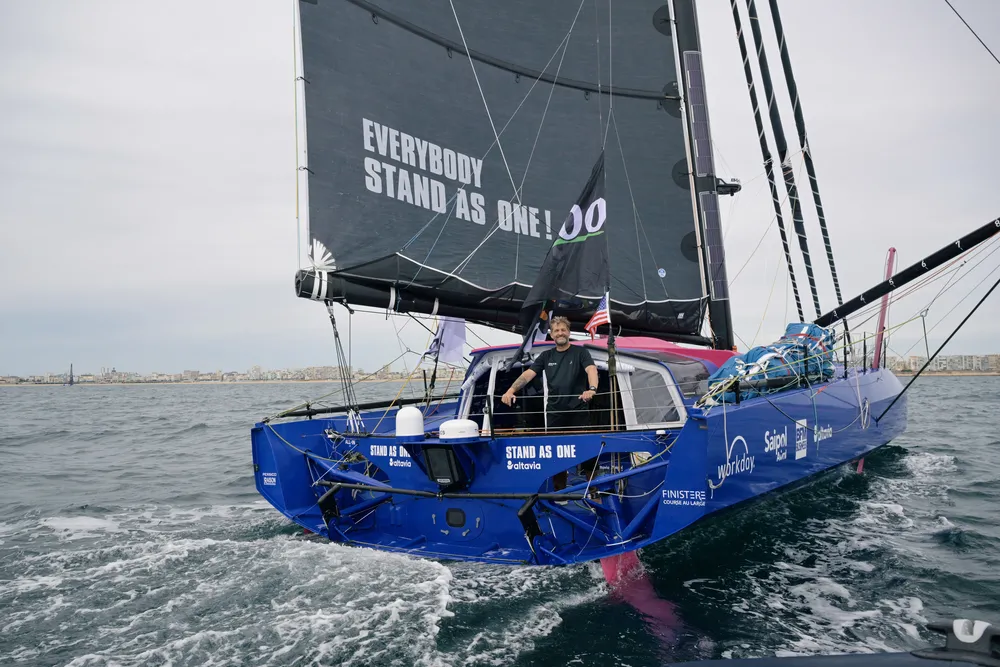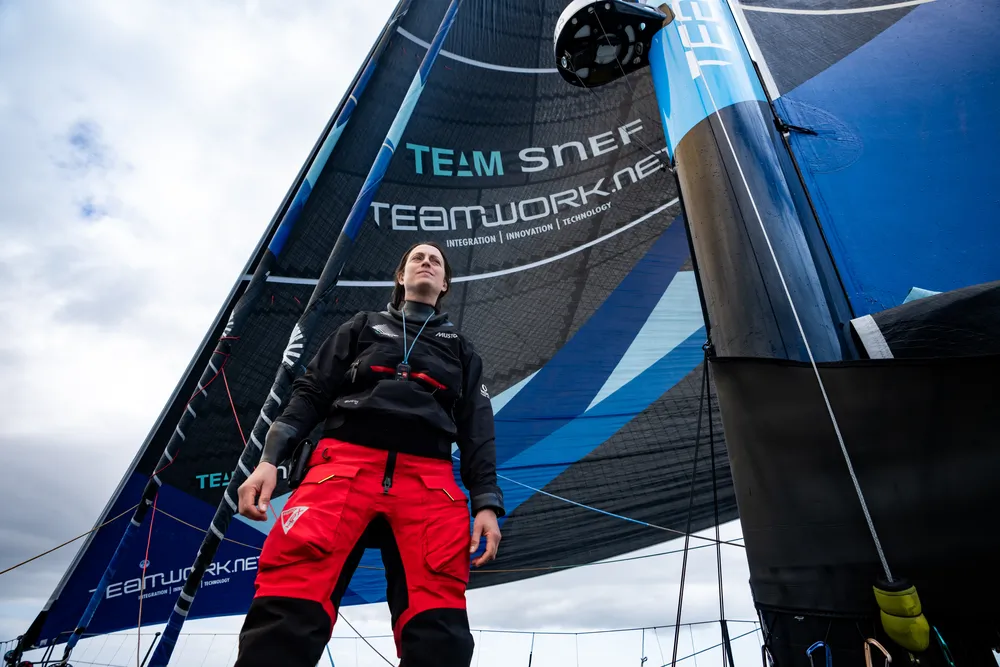"Are you going to sell your boat?" For a while, this question has been asked to the TR Racing team after the last Vendée Globe. And with a good reason: the team has announced its intention to launch the construction of a new IMOCA and Thomas Ruyant had demonstraded the full potential of LinkedOut, one of the major protagonists of the last Vendée Globe (4th on the line, 6th in the Vendée Globe). However, the team has decided to keep its monohull.
"We knew we had a high-performing boat on our hands, explains Thomas Gaveriaux, Managing director of TR Racing. We wanted keep it long as possible, especially as we thought it might be interesting to help develop the new boat". Moreover, with the Vendée Globe 2024 campaign so intense and the level of competition so high, we had to “find ways to be ultra-competitive in this environment”. The idea of running two boats was a natural one. “We felt that it could bring us a lot of benefits".





